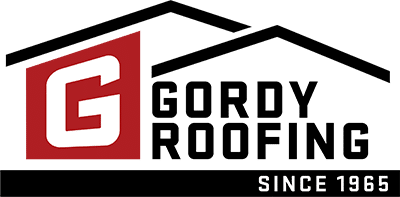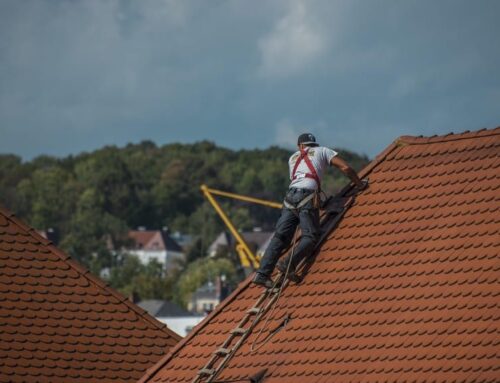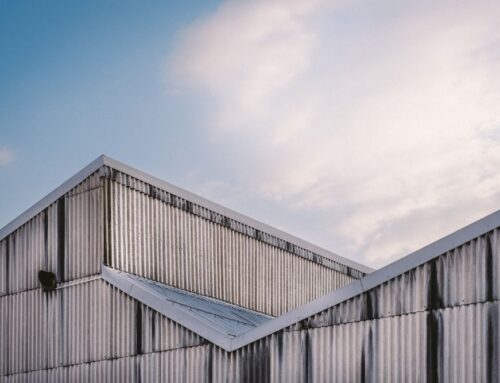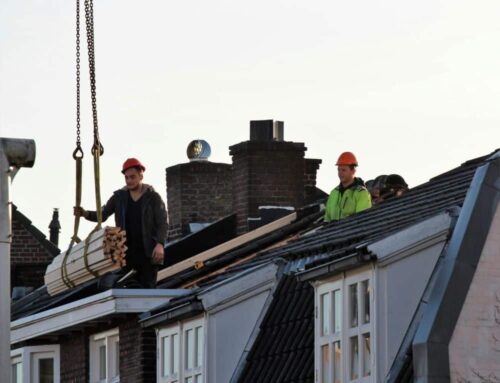
When you’re in charge of a commercial building, every decision you make can impact the integrity of the structure, the comfort of its occupants, and the health of your bottom line. Selecting the right roofing system is one of these critical decisions. With a myriad of options on the market, tailored to various needs and budgets, it can seem daunting. But by understanding the distinct advantages and disadvantages of each system, you can make an informed decision. Here’s a comprehensive guide to help you choose the right roofing system for your commercial property in East Texas.
1. Single-Ply Membrane Roofing
Pros: Single-ply membranes, such as EPDM, TPO, and PVC, offer a seamless protection layer. They resist environmental factors like ultraviolet light, making them particularly suitable for areas with intense sunlight. Their installation versatility – whether ballasted, adhered, or mechanically attached – provides customization based on building requirements.
Cons: Being relatively thin, these membranes can be vulnerable to sharp objects and heavy foot traffic. However, opting for a reinforced membrane or incorporating walk pads can address these concerns.
2. Metal Roofing
Pros: Beyond their durability, metal roofs offer design flexibility, with various profiles, types, and colors available. Coated metal roofs reflect solar radiation, reducing AC loads in summer and insulating during winter.
Cons: Metal expands and contracts with temperature fluctuations, which can impact sealants and cause leaks. Proper installation techniques, like floating clips, can accommodate these movements, ensuring a longer lifespan.
3. Built-Up Roofing (BUR)
Pros: Comprising alternating layers of reinforcing fabric and bitumen, BUR roofs have been a mainstay for over a century. Their multi-layer build offers redundancy, ensuring that if one layer gets compromised, the underlying layers still provide protection.
Cons: The installation of BUR involves hot asphalt, which presents potential safety hazards. Moreover, its heavy weight might necessitate additional structural support.
4. Modified Bitumen Roofing
Pros: Enhanced with polymers like APP or SBS, modified bitumen roofs combine asphalt’s robustness with plastic or rubber’s flexibility. This combination improves performance, especially in fluctuating temperatures.
Cons: Installing this system often involves torch application, making it essential for contractors to monitor and ensure safety rigorously.
5. Green Roofing
Pros: A literal “living roof”, green roofing systems provide an elevated green space, promoting biodiversity, reducing stormwater runoff, and improving building insulation. They also have aesthetic and mental well-being benefits for occupants.
Cons: The initial setup and maintenance costs are high, given the need for soil, plants, and irrigation systems. Ensuring proper waterproofing and drainage is also paramount.
6. Thermoset (EPDM) Roof Membrane
Pros: EPDM roofs resist thermal shocks and ultraviolet radiation. Their dark-colored surface can help in heat retention in colder climates. With fewer seams, they also present fewer leakage points.
Cons: In areas with intense sunlight, the dark color can absorb heat, increasing the cooling load. White or reflective EPDM variants can, however, mitigate this effect.
7. Thermoplastic (PVC & TPO) Roof Membrane
Pros: Being inherently reflective, these membranes can drastically reduce cooling costs. They’re also resistant to a variety of chemicals, making them an ideal choice for buildings that emit oils or fats like restaurants.
Cons: Their performance is highly dependent on the quality of the material and the expertise of the installer. Subpar versions can result in premature failure or seam issues.
Factors to Consider:
- Lifespan: A roof’s longevity isn’t just about the material but also about proper installation and maintenance. A slightly costlier roof that lasts 20 years may ultimately be more economical than a cheaper variant lasting only 10.
- Maintenance: Regular maintenance can prolong a roof’s life and maintain its appearance. However, some systems, like green roofs, demand more frequent attention and expertise.
- Energy Efficiency: Especially in hot regions like East Texas, a roof that reflects solar radiation can lead to significant energy savings.
- Weight: Before deciding on a roofing system, it’s imperative to assess if the building structure can support its weight without any risk.
- Cost: Beyond the initial outlay, consider potential repair costs, maintenance frequency, energy savings, and the roof’s lifespan to understand its true cost.
In conclusion, understanding the specific requirements of your commercial building and the attributes of each roofing system can guide your decision. No matter the choice, quality installation is crucial. It’s advisable to collaborate with roofing experts with a proven track record in commercial roofing projects.
Need expert guidance on the best roofing system for your commercial building in East Texas? Don’t gamble with your investment. Reach out to us today at (903) 725-5530 or fill out our contact form for professional consultation and services tailored to your needs.




